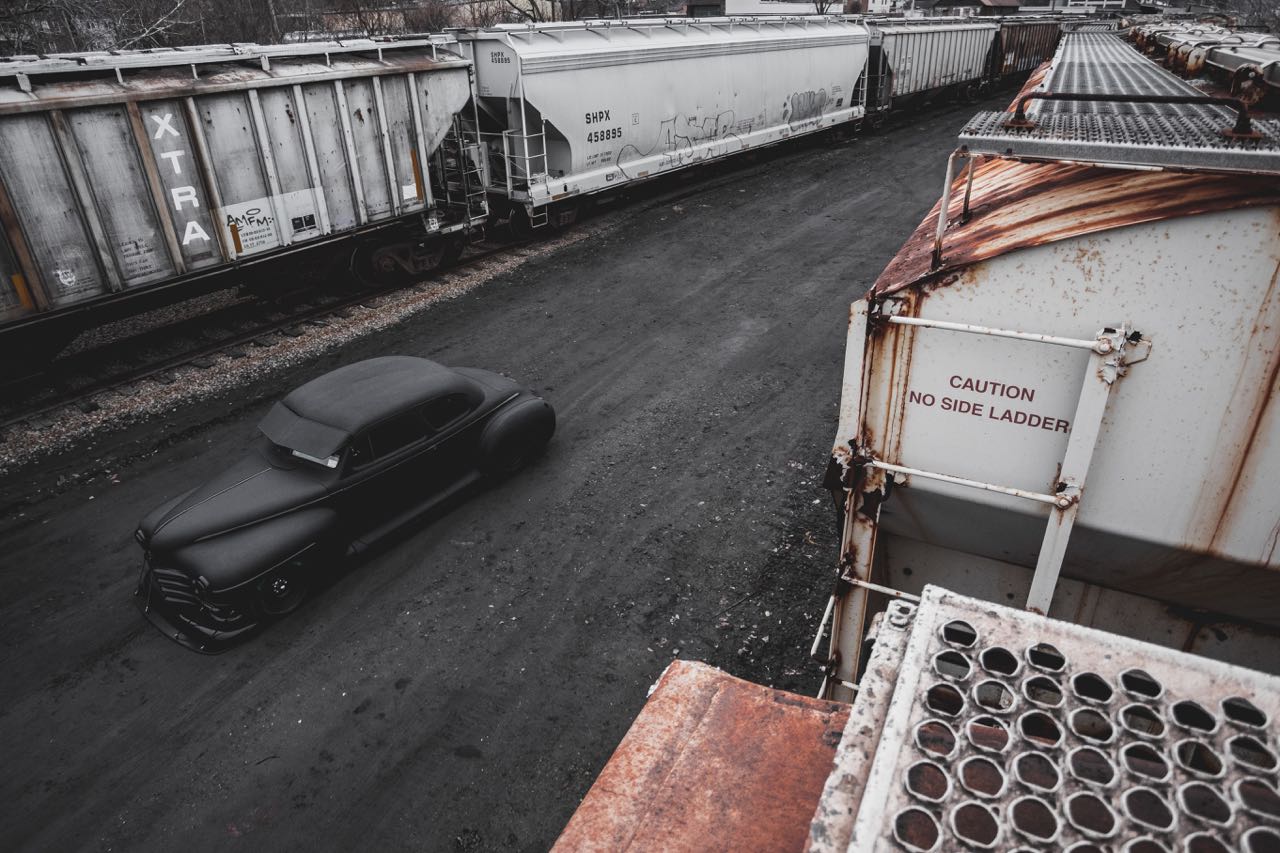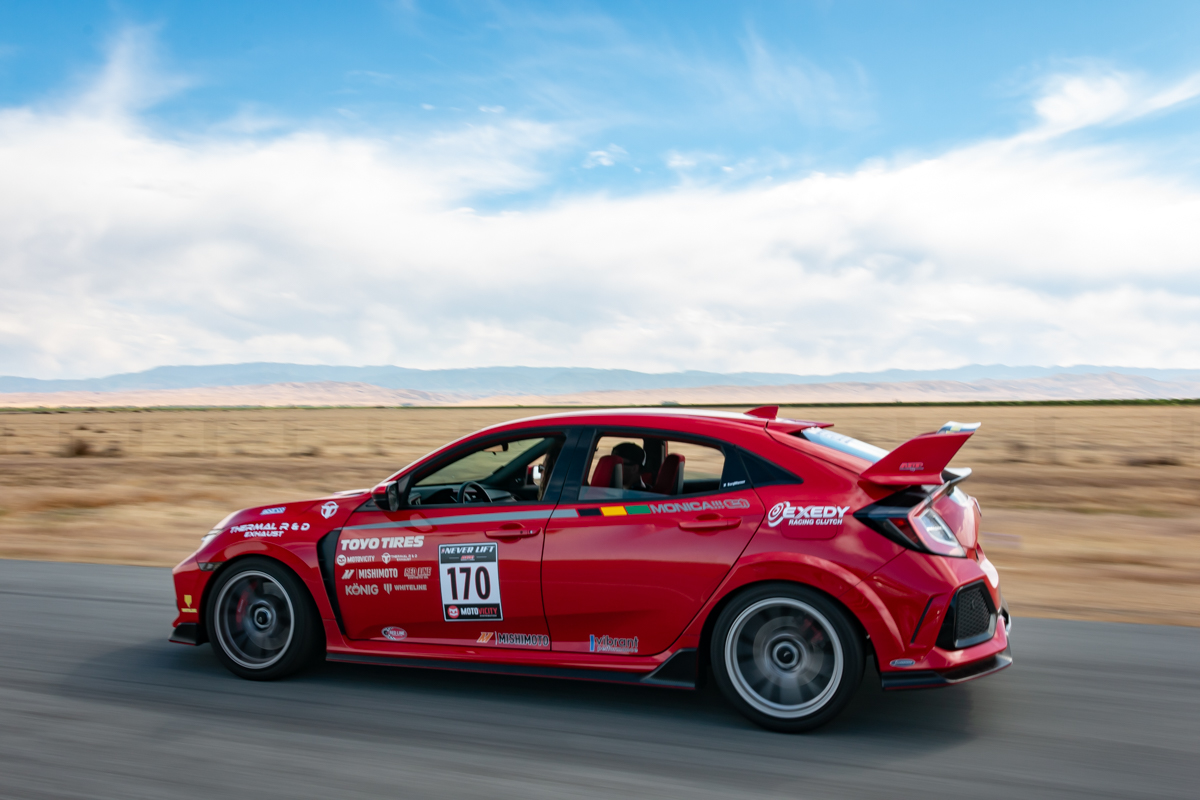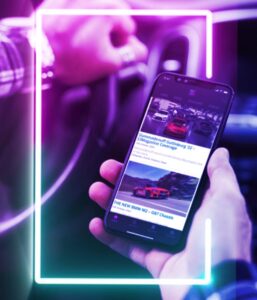In a world increasingly governed by beeps & intervention… a new contender has emerged that threatens the very fabric & essence of driving freedom: Intelligent Speed Assist (ISA). You may have heard of it, it’s the technological equivalent of someone wearing a mask alone in the car. Except now – they have full access to your gas pedal.
ISA uses information from traffic signs & GPS-data to advise or control the maximum speed of a vehicle…
As of 2022, this tech-savvy PITA warden is a mandatory feature on new cars in the European Union. It’s literally giving every new car a backseat driver… who actually steps-in and controls the wheel.


If you’re dimwitted & have no business behind the wheel…
ISA sounds like a benevolent protector. It’s designed to reduce accidents and save lives… in theory… if you eat paste. Competent people however, understand that it doesn’t make better/safer drivers. It just slows people down, and let’s the lowest common denominator set the pace. To car enthusiasts & functioning citizens alike, this is a choke chain.
With ISA, the vehicle no longer responds to driver commands…
It overrides you. ISA (and its proponents) assume that they’re better-fit to monitor you & your family’s safety than you are. And if that comes as a stripping of your freedom, it’s for your own good. It operates under the delusion that technology is superior to trained human judgement, and that you’re better-off submitting to their regulation.

How does ISA actually work?
It’s not just one technology, but a cocktail of GPS, traffic sign recognition, and data integration. It’s all shaken (not stirred) into your vehicle’s control system. This means if the speed-limit sign says 45mph, your car (like a good, obedient ‘equilibrium’ citizen) will not exceed it. Push the pedal to the floor, and you’ll only be met with a failure & disappointment. Resistance is futile. “It’s about saving lives,” say the supporters. But strong-minded individuals must ask… at what cost?
What’s it mean for the future of driving?
If ISA becomes as widespread as seatbelts or airbags, we are looking at human helplessness behind the wheel. Drivers become passengers. And while it’s true that speed can cause accidents, it’s also true that speed can avoid them. How many lives will be lost because technology intervened on human judgement & real-world risk analysis?

There’s also a detrimental creative, cultural, and artistic danger to ISA.
Not to mention an economical danger. If the difference between a Porsche & a Prius becomes solely aesthetic, how are we stifling the human spirit & the human experience? This leads to a twisted new depiction of 21st-century technological genocide… asphyxiating the human spirit, and forcing obedience & control in all facets. There is already signs with the climate agenda.
As we stand at this junction, the road stretches out in two diverging paths…
One, where every vehicle hums in quiet compliance. And the other, where freedom & risk coexist. Possibly chaotic… but alive. The question remains – which will we chose (or allow to be chosen for us)?










